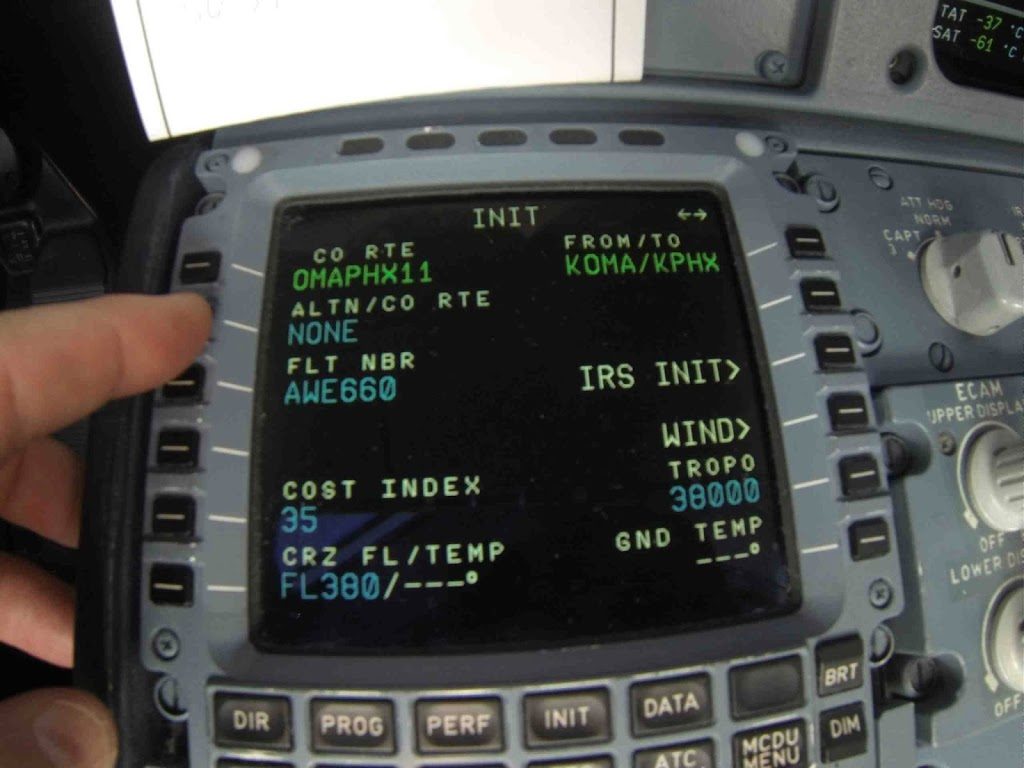Cost Index (CI) is the relationship between the unit cost of time when operating an aircraft and the unit cost of fuel. Basically, it seeks to reach the minimum cost per trip by relating the operating cost per hour and fuel consumption.
The CI is a value entered in CDU/ MCDU for the FMS (Flight Management System) to calculate —along with other performance parameters— the optimal speeds of economical ascents, descents and cruises.
When we talk about operating costs, we talk about the value of time and the need to carry out the largest number of air operations in a certain period of time. In other words, if the plane flies faster, every hour in the air is optimized when the operating cost per flight hour is expensive. These costs only comprise those that directly affect the flight.
What does the operating costs include?
Operating costs include items such as:
Payment to crews: it includes both crews that are paid per hour (something obvious) and crews that earn fixed salaries, yes fixed salaries. That is, if they fly or not, they will get paid anyway. This is true, but if we reduce flight hours annually, no additional crews will be needed because of the use of these overtimes, which makes the operation cheaper (as a Pilot, I do not like that, but it is true in terms of finances). As for hourly payments, it is easy to understand. If the plane fly faster, the crew members are paid less and that flight becomes more efficient.
Maintenance items: If we have parts that will be replaced no matter what at a given moment, it is convenient for the company to carry out the greatest amount of flights before said date, thus optimizing its use.
Requirements in the itineraries: Delay in the itineraries generates additional expenses, as well as lost connections, hotel and food payments for the affected passengers, the same opportunity cost of having the plane on the ground and not flying (If you stop flying, you stop earning). All of this would make the hourly operation more expensive for the affected sections.

The formula for calculating the IC is:
(TIME COST x Dollars/Hour) /
(FUEL COST x Cents/Pounds)
Cost index varies from 0 to 99 or 999 depending on the FMS manufacturer. When setting a Zero Cost Index, I am telling the computer that the fuel cost is very high, so the plane will fly slower to avoid consuming fuel unnecessarily.
By using a value of 99 or 999, I am telling the FMS that the time cost is high so the plane will fly faster (in every respect) to reach its destination in less time, thus optimizing the operation. The ideal situation is to find a balance between time and fuel by using the formula.
Financially speaking, CI is a very powerful tool based on the optimization of the operation and performance. While it is true CI is not calculated by the Pilot, it helps us to understand the behavior of our plane when this number is modified and —believe it or not— in the automation age there are still operators that do not get the most out of it.




